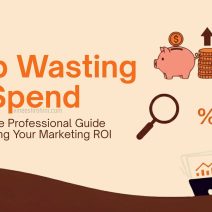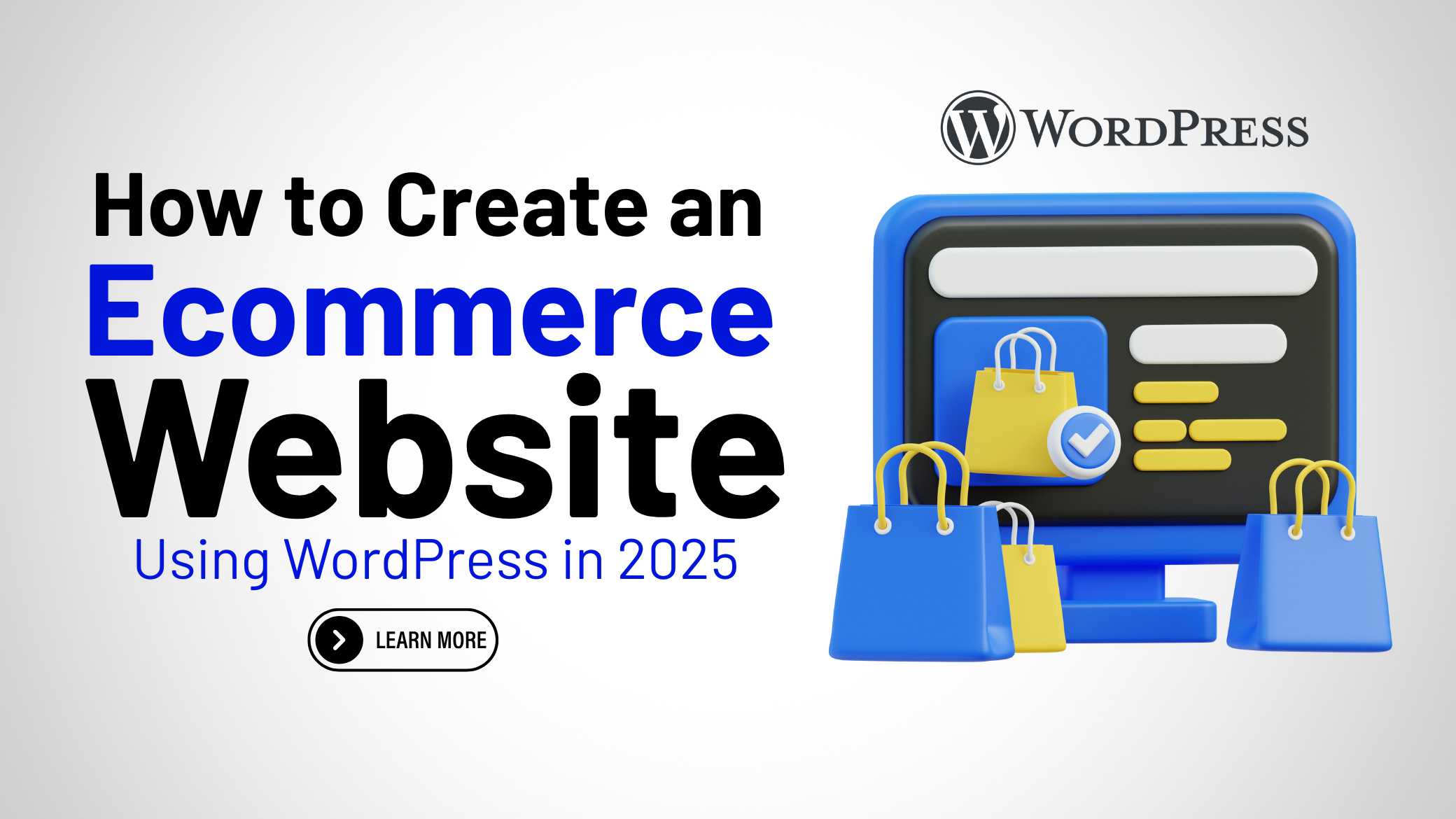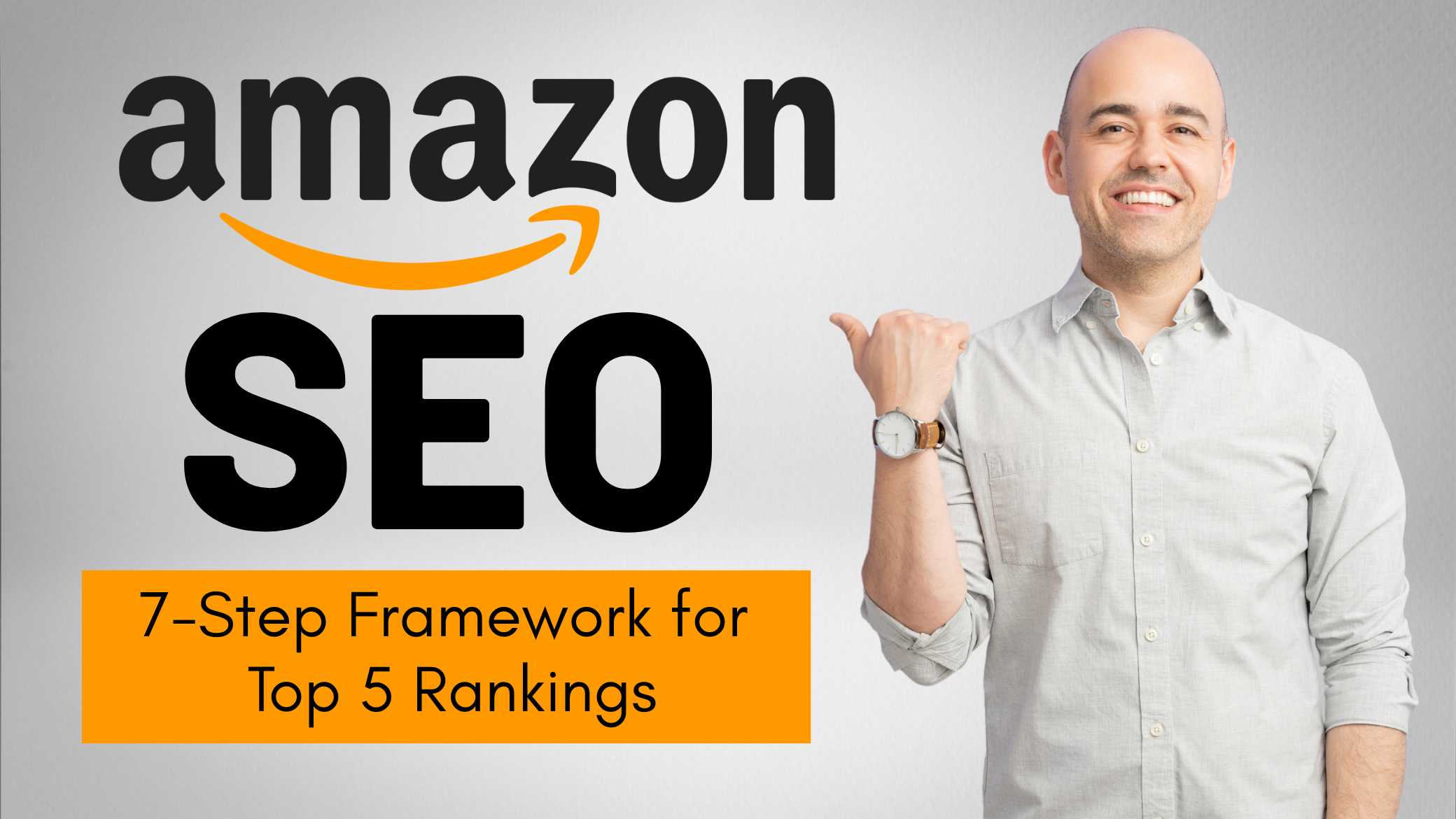Ecommerce Website Using WordPress : In today’s digital age, launching an online business has become more accessible than ever. With eCommerce on a rapid rise globally, platforms like WordPress combined with WooCommerce provide a scalable, user-friendly, and cost-effective solution for entrepreneurs and businesses to build a powerful online store.
Table of Contents
In this comprehensive 3000-word guide, we’ll walk you through how to create an eCommerce website using WordPress in 2025, using the latest tools, best practices, and SEO strategies to ensure your online store stands out and succeeds.
Why Choose WordPress for Your eCommerce Store in 2025?
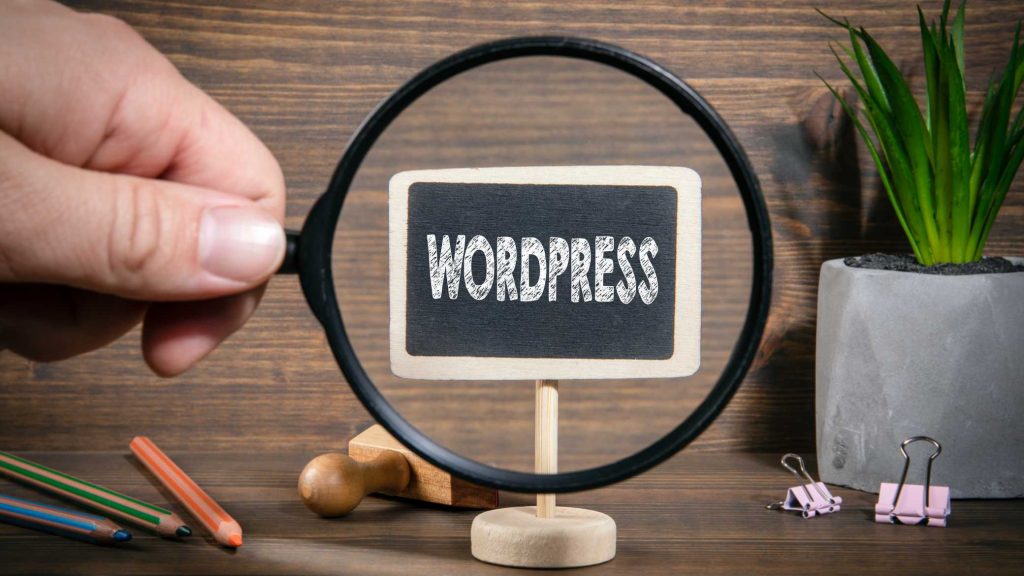
WordPress remains the world’s most popular content management system, powering over 43% of all websites globally.
Also Read : The Versatile Powerhouse: Exploring the Boundless Capabilities of WordPress
With the WooCommerce plugin, it becomes a robust and fully functional eCommerce platform. The reasons for choosing WordPress in 2025 include:
- Open-source and Free: WordPress is open-source, meaning you can use and modify it without licensing fees.
- Highly Customizable: Thousands of plugins and themes allow full customization.
- SEO-Friendly: WordPress is built with SEO in mind, and advanced plugins enhance visibility.
- WooCommerce Integration: WooCommerce remains the #1 plugin to turn WordPress into a powerful online store.
- Scalable and Secure: With the right hosting and security practices, WordPress can scale to any size.
Step 1: Choose Your Niche and Plan Your Products
Before creating your online store, define your business idea clearly. Choosing a profitable eCommerce niche in 2025 is key to attracting the right audience and standing out in a competitive market. Consider:
- What products will you sell? (Physical, digital, services)
- Is the niche evergreen or trend-based?
- Who is your target audience?
- What are your competitors doing?
Use tools like Google Trends, Ahrefs, and SEMrush to analyze high-search-volume keywords and trending products in your niche.
Step 2: Register a Domain Name and Get Reliable Hosting
Your domain name is your online identity. Choose a short, memorable, and brandable domain name that reflects your business. Use domain name generators or check domain availability using services like Namecheap or GoDaddy.
Next, select a reliable hosting provider. In 2025, Managed WordPress hosting is highly recommended for performance, security, and uptime. Top hosting providers include:
- SiteGround
- Bluehost
- Hostinger
- WPX Hosting
- Kinsta
Choose a plan that supports eCommerce, includes SSL certificates, daily backups, and offers solid customer support.
Step 3: Install WordPress
Most modern web hosts offer one-click WordPress installation from their dashboards. After installing WordPress:
- Log into your admin panel (yourdomain.com/wp-admin).
- Set your site title and tagline.
- Configure your permalinks for SEO under Settings > Permalinks.
- Install a security plugin (like Wordfence) and a backup plugin (like UpdraftPlus).
Step 4: Install and Configure WooCommerce
To transform your WordPress website into a fully functional eCommerce store:
- Go to Plugins > Add New.
- Search for WooCommerce and click Install > Activate.
- Follow the WooCommerce Setup Wizard to:
- Add business details.
- Choose payment methods (Stripe, PayPal, Razorpay, etc.).
- Set up shipping zones and rates.
- Select product types (physical, digital, subscription).
- Configure tax settings.
WooCommerce makes it easy to manage orders, inventory, customers, and coupons right from your dashboard.
Step 5: Choose a Responsive eCommerce WordPress Theme
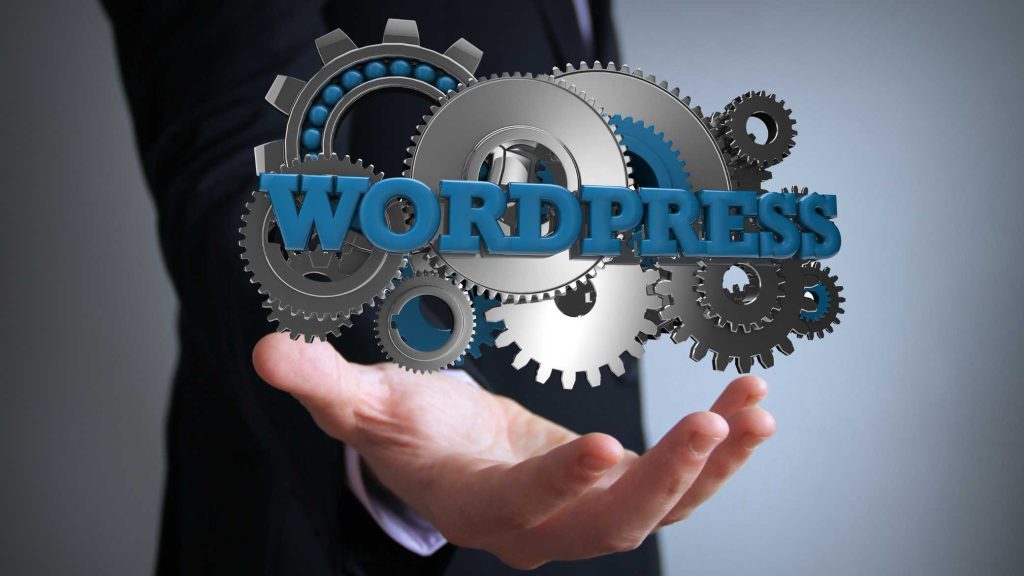
In 2025, mobile-first design is a must. Choose a theme that is lightweight, fast-loading, and optimized for WooCommerce. Recommended themes include:
- Astra – Highly customizable and fast.
- GeneratePress – Lightweight and SEO-focused.
- OceanWP – Feature-rich and WooCommerce ready.
- Flatsome – Designed specifically for online stores.
- Blocksy – Compatible with modern block editors and WooCommerce.
Install your chosen theme under Appearance > Themes > Add New, then customize it via the WordPress Customizer or a page builder.
Step 6: Customize Your eCommerce Store Design
Use page builders like Elementor, Brizy, or Gutenberg blocks to design your homepage, product pages, and category pages. Key pages to create:
- Homepage – Highlight your brand, featured products, and latest offers.
- Shop Page – Automatically created by WooCommerce; customize its layout.
- Single Product Page – Showcase product images, descriptions, price, and CTA.
- Cart Page – Display items added by customers.
- Checkout Page – Simplify to reduce cart abandonment.
- My Account Page – For customer login, orders, and account details.
- Contact Page – Include a contact form (use plugins like WPForms or Contact Form 7).
Step 7: Add Your Products
Under Products > Add New, enter:
- Product Title – Use high-volume keywords.
- Description – Detailed with benefits and SEO keywords.
- Price – Regular and sale price.
- Images – High-quality, optimized product images.
- Categories & Tags – Organize your store for better navigation.
- Inventory – Stock status and SKU.
- Shipping – Weight, dimensions, and shipping class.
Use Yoast SEO or Rank Math to optimize product titles and meta descriptions.
Step 8: Set Up Payments and Shipping
WooCommerce supports multiple payment gateways. In 2025, the most popular options include:
- Stripe – Credit/debit cards.
- PayPal – Trusted digital payments.
- Razorpay – Ideal for Indian sellers.
- UPI & Wallets – Enable for mobile-first customers.
For shipping, configure:
- Shipping zones – Based on countries or regions.
- Shipping methods – Flat rate, free shipping, local pickup.
- Shipping plugins – Integrate with carriers like Shiprocket, FedEx, DHL.
Step 9: Install Must-Have Plugins for Ecommerce Growth
The power of WordPress lies in its plugins. Essential plugins for your eCommerce site in 2025:
- Yoast SEO or Rank Math – On-page SEO optimization.
- WooCommerce PDF Invoices & Packing Slips – Generate invoices automatically.
- CartFlows – Optimize your checkout funnel.
- Mailchimp or Brevo – Email marketing automation.
- TrustPulse – Real-time sales notifications (social proof).
- LiteSpeed Cache or WP Rocket – Website speed optimization.
- LiveChat or Tawk.to – Customer support chat.
- MonsterInsights – Google Analytics integration for eCommerce.
Step 10: Optimize for SEO and Mobile
With Google’s mobile-first indexing and AI-driven search evolution in 2025, your online store must be optimized for speed, mobile, and search engines. Best practices:
- Use schema markup for products (WooCommerce handles much of this).
- Optimize product images using WebP format.
- Write SEO-rich product descriptions targeting long-tail keywords.
- Use internal linking across blog posts and product pages.
- Keep page load time under 2 seconds using caching and a CDN.
Use Google Search Console and PageSpeed Insights to monitor performance and indexing.
Step 11: Setup Analytics, Conversion Tracking & Retargeting
Install tools to track performance and behavior:
- Google Analytics 4 (GA4) – Track user behavior, eCommerce sales funnel.
- Facebook Pixel – For Meta Ads retargeting and tracking.
- Google Ads Conversion Tag – Measure ROI on search and display ads.
- Hotjar or Microsoft Clarity – Understand user interactions through heatmaps.
Use data to refine your marketing strategies and UX.
Step 12: Launch Your Store and Start Marketing
Before launch, do a thorough website audit:
- Test mobile responsiveness.
- Complete checkout test orders.
- Fix broken links.
- Add legal pages – Privacy Policy, Terms of Service, Refund Policy.
Then begin your eCommerce marketing strategy:
- Content Marketing – Blog posts that drive organic traffic.
- Email Campaigns – Abandoned cart recovery, new arrivals, offers.
- Influencer Collaborations – Use micro-influencers in your niche.
- Social Media Marketing – Instagram Reels, Pinterest Pins, TikTok trends.
- Paid Ads – Google Shopping, Meta Ads, native ads.
- Affiliate Program – Incentivize others to promote your store.
Step 13: Provide Excellent Customer Support and Build Trust
Customer trust and service are vital for long-term success. In 2025, consumers expect:
- Live chat support.
- Fast shipping and transparent tracking.
- Easy return policies.
- Secure checkout with trust badges.
- Authentic reviews and testimonials.
Encourage user-generated content, unboxing videos, and product reviews.
Step 14: Scale Your Ecommerce Store
Once your store gains traction, focus on scaling:
- Add new product lines or bundles.
- Expand into international shipping.
- Launch a mobile app version of your store.
- Optimize logistics with automation tools.
- Leverage AI for customer personalization and recommendations.
- Use CRM tools to manage customer relationships and repeat purchases.
Ecommerce Website Using WordPress – Conclusion :

Building an eCommerce website using WordPress in 2025 is a smart move for entrepreneurs looking for flexibility, affordability, and full control over their online presence. With tools like WooCommerce, Elementor, and advanced marketing plugins, you can create a powerful, user-friendly, and SEO-optimized online store without needing advanced coding skills. Whether you’re selling physical goods, digital products, or services, WordPress provides a scalable solution for all your needs.
Buy Now : WordPress Beginner to Advance Course
Remember, success in eCommerce doesn’t just come from launching a store—it requires consistent marketing, data-driven decisions, excellent customer support, and a willingness to adapt to the ever-changing digital landscape.
Disclaimer: This guide is for informational purposes only. Ensure compliance with all local eCommerce laws, taxes, and regulations when starting your online business.
Keywords : Ecommerce Website Using WordPress – Ecommerce Website Using WordPress 2025 – Ecommerce Website Using WordPress Guide , Ecommerce Website Using WordPress and Other Tools


